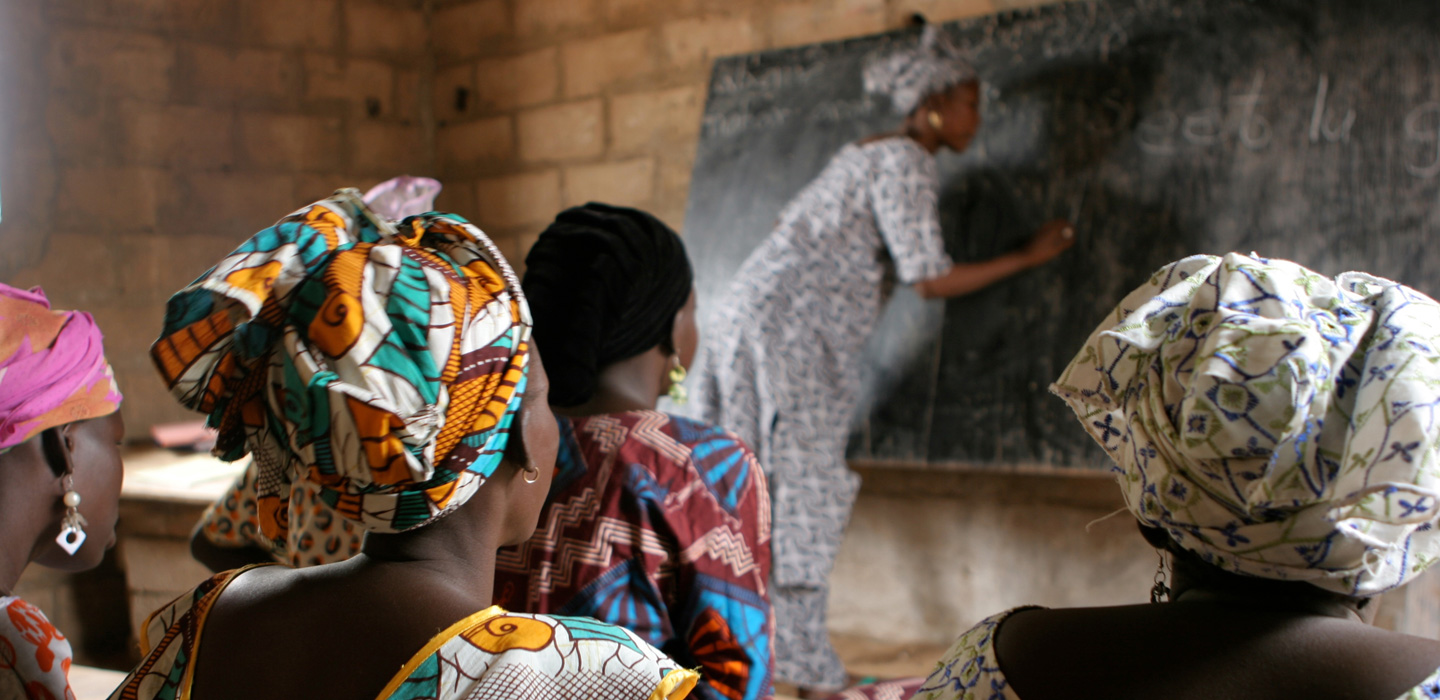Knowledge
Knowledge

Knowledge
Search Results Filters
Search Results
South-South and triangular cooperation: changing lives through partnership
South-South and triangular cooperation has an enormous potential role in agriculture and rural development in developing countries, both in unlocking diverse experiences and lessons and in providing solutions to pressing development challenges.
From the cases that follow, a number of common lessons emerge. First, it is important to create a space for interaction and cross-country learning. In the Scaling up Micro-Irrigation Systems project or with the household mentoring approach, for instance, workshops and ‘writeshops’ gathered people from diverse countries who could then share their own knowledge and experiences. In such spaces, participants could compare how a similar approach or technology required certain adaptations to better fit with local cultural, social and environmental contexts, offering important lessons for future scaling up.
Sometimes individual champions can make a difference. In Madagascar, the project design for a public/private partnership improved drastically when an IFAD consultant with similar experience in another country became involved. In this case, it was also an ‘unexpected outcome’, as the innovation came from a replacement for the regular consultant, who had broken his foot …. So even through small staff changes, knowledge of a complementary innovation from another country can have a big impact.
The Biodiversity Advantage: Global benefits from smallholder actions
Biodiversity is about more than plants, animals, and micro-organisms and their ecosystems – the Convention on Biological Diversity (CBD, 1992) recognizes that it is also very much about people and our need for food security, medicines, fresh air, shelter, and a clean and healthy environment. Biodiversity is also essential for the maintenance of ecosystem-based services, such as the provision of water and food for human, animal and plant life. When we make an effort to conserve biodiversity, we are helping to maintain critical global biological resources to meet our needs today as well as those of future generations. Biodiversity conservation is therefore central to achieving recent global commitments for sustainable development under “Agenda 2030”, adopted by the United Nations in 2015. The International Fund for Agricultural Development (IFAD) recognizes that losing biodiversity means losing opportunities for coping with future challenges, such as those posed by climate change and food insecurity.
The Economic Advantage: Assessing the value of climate-change actions in agriculture
Policy case study - Benin: Farmers’ organizations interview presidential candidates on agricultural development
Investing in rural people in the Kingdom of Morocco
Remittances at the Post Office in Africa - Serving the financial needs of migrants and their families in rural areas
This report focuses on African National Postal Operators (NPOs) as one of the several distribution channels for remittances and financial services.
Second African Conference on Remittances and Postal Networks
The Second African Conference on Remittances and Postal Networks was organized in the framework of the African Postal Financial Services Initiative (APFSI), and took place on 15-16 November 2016 in Abidjan, Côte d'Ivoire.
Scaling up note: Gabon
Investing in rural people in the Philippines
The Drylands Advantage: Protecting the environment, empowering people
Present in each continent and covering over 40 per cent of the earth, drylands generally refer to arid, semi-arid and dry sub-humid areas, and are home to more than 2 billion people.
Case study: Tonga Agriculture Sector Plan (TASP)
Addressing climate change in Eastern Africa through evergreen agriculture
Smallholder pig value chain development project
Banana and plantain improvement
developed countries (FAOSTAT, 2013). They are produced in 135 countries and territories across the tropics and subtropics. The vast majority of producers are smallholder farmers
who grow the crop for either home consumption or local markets. Less than 15 per cent of the global production of more than 130 million metric tons is exported. Today, the
international banana trade, totaling around 17 million metric tons, is worth over US$7 billion per year (FAOSTAT).
Sharing a vision, achieving results - Partnership between the Netherlands and the International Fund for Agricultural Development
Gender mainstreaming in IFAD10
IFAD has a well-established history of supporting gender equality and women’s empowerment. This commitment spans 25 years, from the 1992 paper, Strategies for the Economic Advancement of Poor Rural Women, to the 2003-2006 Plan of Action for Mainstreaming a Gender Perspective in IFAD’s Operations, the 2010 Corporate-level Evaluation of IFAD’s Performance with regard to Gender Equality and Women’s Empowerment by the Independent Office of Evaluation, and finally the 2012 gender policy.
In the new IFAD Strategic Framework 2016-2025, gender equality is identified as one of the five principles of engagement at the core of IFAD’s identity and values. IFAD complies with the United Nations commitments on gender mainstreaming, including the United Nations System-wide Action Plan (UN-SWAP) on gender equality and the empowerment of women.
How to do Strengthening community-based commodity organizations
FAO IFAD - Complementarity and cooperation
FAO and IFAD have a shared vision, backed by technical expertise, which looks to the structural, longer-term causes of the scourges the world now aims to eradicate. Together and independently, our practices are geared toward providing sustainable solutions to food insecurity and lasting exits from the poverty trap. Together we are reaching marginalized and forgotten people who have too often been overlooked in development efforts.
Investir dans les populations rurales en République démocratique du Congo
Les programmes et projets du FIDA en République démocratique du Congo mettent l’accent sur une transformation inclusive et durable du monde agricole et rural au sens large.
Sharing a vision, achieving results: Partnership between the Netherlands and the International Fund for Agricultural Development
support smallholder farmers in creating this future is at the heart of the partnership between the Netherlands and IFAD.